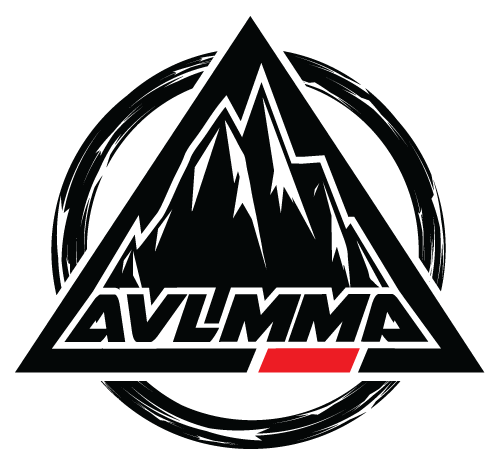What does it mean to be a pro fighter?
Thinking of becoming a pro fighter? Or at least curious about what it means to become one? Our Striking Coach Steve Montgomery started fighting senior year of highschool and became an undefeated amateur champion before going pro and fighting in the UFC. We asked him some questions (as shown in the weekly newsletter) about what his journey was like and how it compares to that of a modern day fighter. If you have more questions, feel free to approach personable Coach Steve himself. If you want something juicy, be sure to check out the Craig Jones Invitational we mention at the end of the intreview that occured Aug 16-17, 2024.
-
I started fighting as an amateur when I turned 18 during my senior year of high school. I worked at a surf shop after school to help finance my training. I lived in Florence, SC but had to fight in Winston-Salem, NC because MMA fights were not legal yet in SC.
By the time I graduated High School in June of 2009, I was 3-0 as an amateur, so I moved to South Florida to train at American Top Team Headquarters. At the end of the year, I had 6 amateurs fights under my belt so I decided to turn pro in 2010.
Throughout the 11 years I spent as a pro fighter at American Top Team HQ, I fought in 16 pro fights that took me all over the country and the world. -
Technically, in some states; all you have to do is sign up as a pro, get some bloodwork plus an eye exam (or not), and go get after it.
A rough outline similar to what I did would go something like this:
Train 5 days a week in all the different facets of martial arts for 2 years.
In that time, start to compete in BJJ tournaments and amateur kickboxing or boxing fights.
After 2 years, assuming you’re ready, you can start to fight as a amateur in MMA fights.
Spend 1 to 2 years refining your skills as an amateur before turning pro. -
Wake Up, Eat, Warm up, Train, Shower, Eat, Recover, Warm Up, Train, Shower, Eat, Recover, Bed.
-
The most important part of training is a balance between drilling & appropriate live training. Thousands of techniques need to be drilled thousands of times and practiced over thousands of live training rounds. The intensity of the live training can vary greatly, but typically should be playful and experimental.
-
Train with everyone you have available to you at your gym, big or small. A good martial artist can learn something from anyone.
Competing as your body and schedule can handle it is always a good addition to growing as a fighter. Cross training with other teams who share your philosophy/style of training is a great way to expand your vision as well! -
Yes, absolutely. You have to be proficient everywhere to a certain extent or you will get exposed. You do it all by committing your time and energy to learning the many disciplines involved with striking and grappling. You commit that energy based on how passionate you are about Martial arts.
-
The only people I would recommend this to as a career are those who are supremely passionate about martial arts and intense competition. Being a pro fighter has extreme lows and extreme highs. Be ready to “suck it up buttercup”. This sport shows no mercy on anyone. You also have to be extremely calculated with your everyday decision making. Your body is your business.
-
The battle between ADCC and CJI is good for martial arts as a whole. More money is the sport is always better for everyone. It’s good to see fighter and BJJ competitors having more opportunity for cash and main stream exposure.
-
I’m super grateful to have come up in the American Top Team, Carlson Gracie lineage of martial arts and BJJ. It’s an honor to run American Top Team Asheville as a way to represent that fighting heritage.
